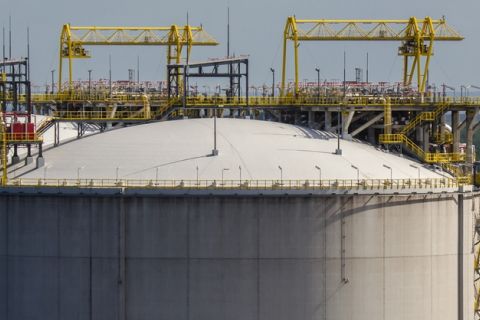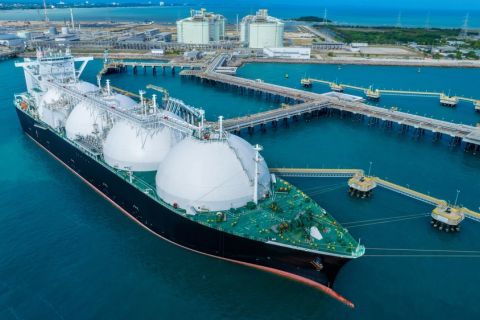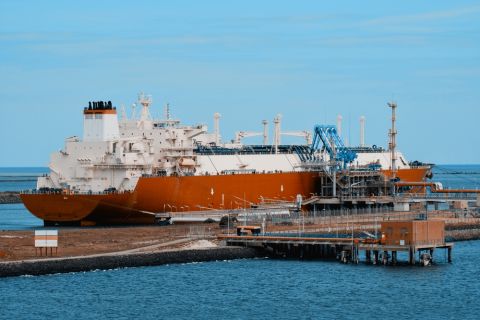By Michael Sequeira, OTM Consulting
It’s not a surprise that the tumble of the oil price has had a dramatic impact on innovation within the oil and gas industry. Staff and capex have been cut dramatically, large field developments have been deferred, and R&D budgets and new technology initiatives have been reduced through a simple mantra of “reduce your activity until it fits a smaller budget”.
With all indicators pointing to the current downturn being one that will continue well into the medium-term future, senior technology managers and innovation decision-makers will need to make the most of their reduced funding.
To survive the current environment, operators need to either “reduce costs, borrow cash or liquidate” as bluntly outlined by Saudi Arabian Oil Minister Ali Al Naimi during the IHS CERAWeek in February 2016.
That said, operators—and by extension the numerous vendors that service their needs—are just as reliant on technology and innovation as they were prior to the oil price crash in 2015. The need to safely find, develop and operate the fields of the future remains as challenging as ever before.
To secure future growth, it’s obvious that the era of “easy-and-cheap” oil is a thing of the past. Many operators have squared up to the need to develop more technically challenging resources such as deepwater, HPHT fields and of course, the fast-paced and fragmented unconventionals arena.
On the other hand, service companies need to remain technically and commercially competitive as a matter of urgency, if not survival. This means improving operational efficiency and “investing smarter” allowing them to serve the industry at a reduced cost, with new tools and techniques that meet changing times.
“Cut Till It Fits” Paradigm
Operators and service companies have been forced to balance R&D activity to meet reduced budgets. As a result, industry players have aggressively, and perhaps blindly, cancelled or deferred R&D projects to balance the books.
This short-term norm is a symptom of the dramatic fall in commodity prices. However, managing R&D and technology initiatives in the same way as before the oil price drop will almost certainly prove inadequate for the future—and won’t fast-track billions of dollars’ worth of R&D investments stuck at the end of R&D funnels still awaiting deployment years after their initial development.
“Fail Early And Fail Cheaply” Paradigm
Given this dramatic shake-up, it’s surprising to find that many operators and vendors are not “ruthless” enough in managing and critically interrogating their remaining activities that have been deemed worthy of surviving the cut.
Established wisdom dictates that the vast majority of R&D and technology initiatives fail to reach commercial deployment. However, innovators within industry are seemingly reluctant to acknowledge this fact. As such, success is often measured as the ability to progress through a technical stage-gating process, with little consideration given to the commercial validity of continuing to invest time and resource. This results in far too many projects tenaciously marching into the so-called “Valley of Death”—the virtual chasm that separates innovation from commercial demonstration.
While this may be an over-simplification of a vastly complex industry, the truth is that a more strategic approach is clearly required. As a result, OTM have been working with operators and vendors to develop tailor-made technology management strategies which are based upon a mantra of “fail early and fail cheaply.”
Practical Implementation
In today’s cost-driven environment, a great deal of benefit can be achieved through developing a tool which is unashamedly simple, requiring interrogation against the following three metrics.
- Strong business case: What is the true value of the activity when weighed against the cost and effort required to deliver the technological improvement
- Commercialization plan: How will the value practically be unlocked through a feasible and unambiguous plan based around the stakeholders and supply chain necessary to reach commerciality.
- End-user buy-in: How much “pull” exists and does end-user need match the technology promise.
In its simplest form, implementation of this approach requires the applier to define their own, unique levels of “unacceptable uncertainty” within the three metrics. Like a three-legged tripod, if any R&D or technology initiative is lacking in any of three metrics, then it should immediately be flagged for managerial review.
The impact of the above approach should go some-way in transitioning oil and gas innovators to a new paradigm for technology management, with the intended benefits of transition described in the table below:
Fit for purpose is the name of the game
The “fail early and fail cheaply” strategy requires a fit-for-purpose approach which is tailor-made for each company. The objective of this approach is to interrogate a large portfolio of projects and therefore requires a certain level of nimbleness and logic in order to serve its purpose. Ultimately, remaining competitive in a cost-driven environment is achievable through a mantra of “fail early and fail cheaply” enabling companies to focus on significantly fewer R&D projects through a best practice of weighting KPIs not only toward successful deployment, but toward successful fast deployment that meet end-user timetables.
Michael Sequeira is the deepwater practice lead for OTM Consulting.
Recommended Reading
CERAWeek: Energy Secretary Defends LNG Pause Amid Industry Outcry
2024-03-18 - U.S. Energy Secretary Jennifer Granholm said she expects the review of LNG exports to be in the “rearview mirror” by next year.
Report: Biden to Announce Delay on New LNG Export Terminal Approvals
2024-01-25 - Sources say the White House plans to add climate change considerations to LNG export approval process.
GOP’s Reaction to White House LNG Pause Takes Shape
2024-01-31 - The U.S. House Energy, Climate and Grid Security subcommittee set the date for a hearing on the Biden administration’s recent pause on LNG export approvals for Feb. 6; Republican Louisiana Sen. John Kennedy pledges to block Biden nominees.
Belcher: Election Year LNG ‘Pause’ Will Have Huge Negative Impacts
2024-03-01 - The Biden administration’s decision to pause permitting of LNG projects has damaged the U.S.’ reputation in ways impossible to calculate.
Hirs: LNG Plan is a Global Fail
2024-03-13 - Only by expanding U.S. LNG output can we provide the certainty that customers require to build new gas power plants, says Ed Hirs.





